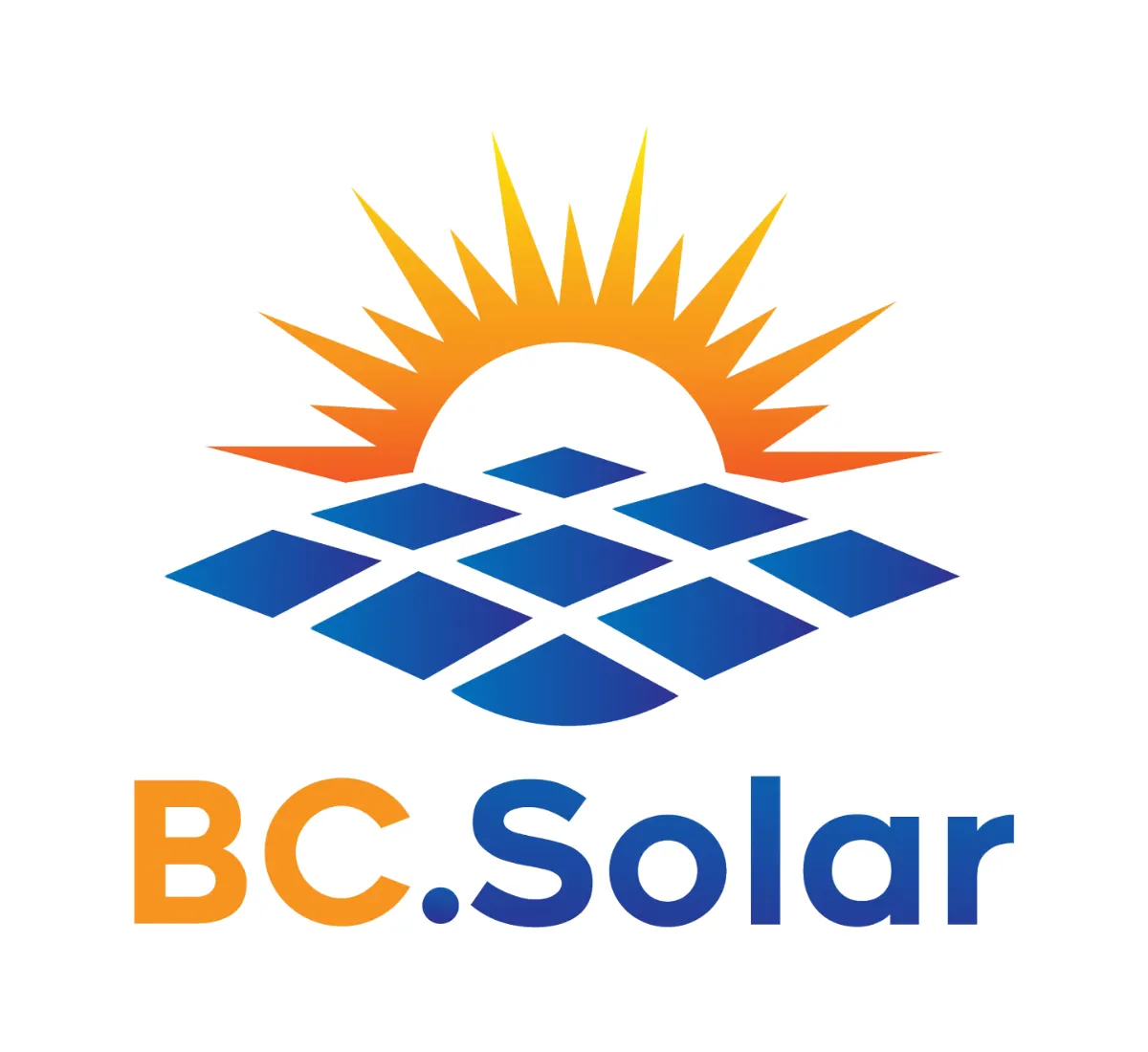
How to Plan a Successful Off-Grid Solar Installation
How to Plan a Successful Off-Grid Solar Installation in Columbus, Ohio
More and more Ohio homeowners are asking the same question:
“What happens if the grid goes down and stays down?”
For some, it’s about energy independence. For others, it’s about peace of mind during storms, blackouts, or future uncertainty. Whatever your reason, an off-grid solar system gives you full control.
At BC Solar, we’ve designed off-grid systems across Central Ohio that run homes, farms, cabins, and everything in between. If you're considering this route, here's what you need to know.
Step 1: Know What "Off-Grid" Really Means
Unlike grid-tied solar, an off-grid system isn’t connected to your utility at all. That means:
You’ll rely on solar panels, battery storage, and often backup generation to power your entire property.
No utility bill. No grid fallback. You’re 100% responsible for generating and storing your energy.
Step 2: Assess Your Energy Use, Then Design Accordingly
This is where many folks go wrong. They start with the gear before understanding their actual energy habits.
At BC Solar, we begin every off-grid project with a detailed energy audit:
How much electricity do you really use seasonally, daily, hourly?
What loads are essential? (Fridge, lights, water pump)
What’s optional or shiftable? (Washer, AC, tools)
From there, we custom design your system to meet your needs with margin for bad weather, growth, and real-world performance not just textbook estimates.
Step 3: Choose Quality Components That Work Together
An off-grid solar system is only as good as its weakest link. You’ll need:
High-efficiency solar panels with strong winter performance.
Smart, scalable battery storage (we’re battery-agnostic but often use Sol-Ark or similar inverters).
Hybrid inverters that manage energy flow, battery charging, and generator integration.
A backup plan (like a propane or dual-fuel generator) for rare long-cloud stretches.
We don't push one brand or cookie-cutter setup. We build systems around your needs with honest guidance on performance and longevity.
Step 4: Plan for Maintenance and Resilience
Off-grid doesn’t mean “set it and forget it.” We walk clients through:
Monitoring tools to track usage, storage, and generation.
Seasonal prep (like snow clearing and system checks).
Smart load management to prioritize power during high demand.
And yes our systems can still power everything. As one client said, “Not even a flicker when the grid went out for 3 days.”
Off-Grid in Ohio: Local Factors Matter
Columbus gets around 180 sunny days a year plenty for off-grid if the system is sized and stored right.
But winters? They demand planning.
We design with Ohio’s cloud cover and snow loads in mind. You’ll get honest insights into:
How many days of battery storage make sense.
When and how to use a generator smartly.
The right tilt angle and panel spacing for winter sun.
FAQs
How much does an off-grid solar system cost in Columbus, Ohio?
Expect a quality off-grid system to start around $30,000–$60,000, depending on energy use and storage size. It’s an investment in independence and with no electric bill, it pays back over time.
Can I start grid-tied and go off-grid later?
Yes. Many BC Solar systems are modular built to expand over time. We can start grid-tied with battery backup, then convert to full off-grid later.
Will I need a generator?
In Ohio winters, yes. We recommend integrating a backup generator for long cloudy stretches. It’s a small fuel cost for major peace of mind.
Do I need special permits or zoning?
Not usually for residential installs, but we handle all code compliance, utility notices (if grid-tied initially), and electrical inspections.
Going off-grid isn’t just about solar. It’s about freedom, stability, and doing the right thing for your future.
At BC Solar, we do more than install panels we build energy systems you can count on.
Ready to explore off-grid options? Call BC Solar today at (614) 442-9700 or visit bc.solar